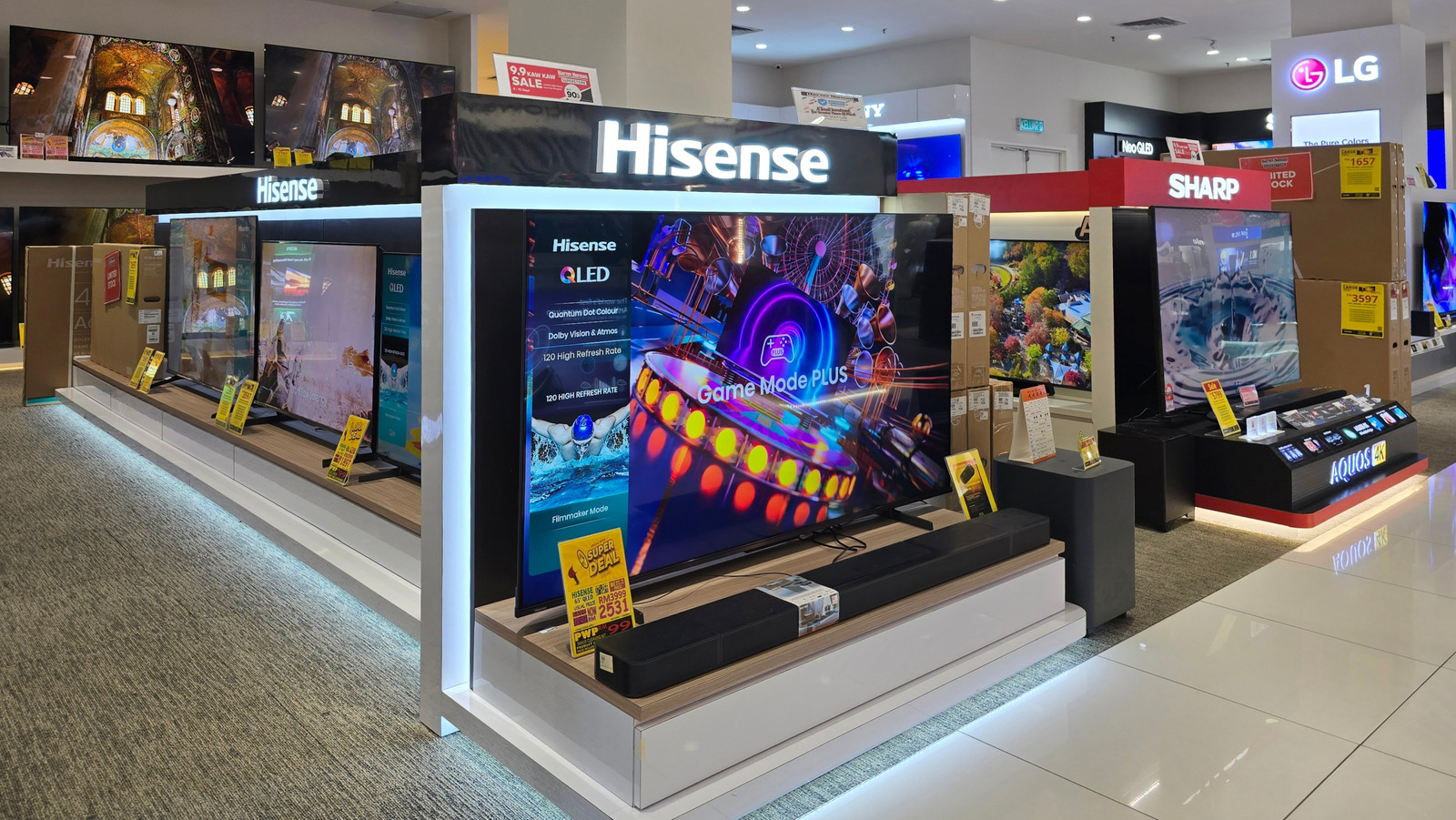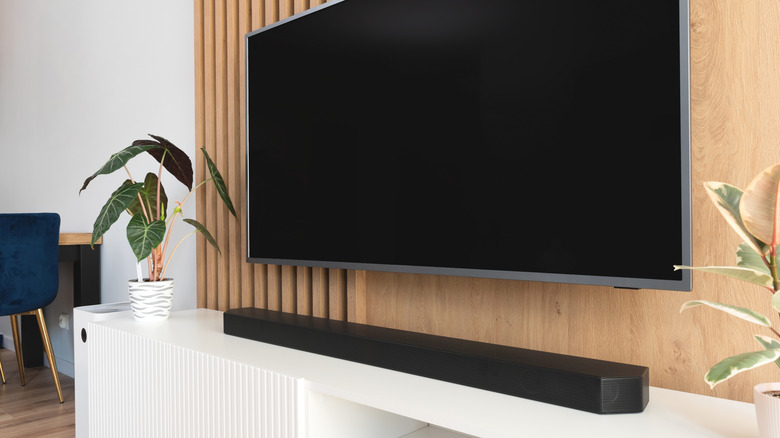OLED TVs have firmly established themselves as the market leader when it comes to picture quality. This is also the reason why, when you read most recommendations for the best TVs on the market, you’ll find an OLED model at the top. Despite all the advancements in LCD TVs, they still fall short of OLED TVs in aspects like true black levels, contrast ratio, and viewing angles. However, OLED TVs are expensive, with the best 65-inch models, such as the LG G5 and Sony Bravia 8 II, costing between $2,500 and $3,000. Even the most affordable OLED TVs, like the Panasonic Z85A and LG B5, have a list price of over $1,800 for the 65-inch sizes, making them significantly more expensive than most LCD TVs. If you are a smart buyer who’s looking for the best value for money TV, an LCD TV can be a good alternative to an OLED TV.
LCD TVs may not give you the absolute best picture, but they can still deliver excellent performance that will impress most people. Keep in mind, when we say LCD TV, it is any TV in the market right now that’s not an OLED TV, regardless of whichever marketing term is used to describe it. This includes LED TVs, QLED TVs, QNED TVs, ULED TVs, and Mini-LED TVs. All these TVs are LCD TVs at the core, but they have extra technologies, which are often reflected in these marketing terms. Marketing confusion aside, here’s what helps modern LCD TVs deliver a good visual performance.
How LCD TVs are bridging the picture quality gap with OLED TVs
It’s true that OLED TVs have a better picture quality than LCD TVs. However, in the last several years, LCD TV manufacturers have implemented several technologies that have closed the gap between an LCD TV and an OLED TV. Some of these technologies include Mini-LED backlighting, quantum dot technology, and full-array local dimming. Each of these technical-sounding terms takes the LCD picture quality to the next level. For example, Mini-LED backlighting, which is used in most good LCD TVs on the market right now, enables better backlight control and higher peak brightness, which not only helps the TV deal with glare and reflections in a brightly-lit room but also improves black levels.
It’s typically paired with full-array local dimming, which controls when and which of these tiny LEDs are lit or dimmed in a scene to give you deeper blacks and brighter highlights where needed. Quantum dot technology, on the other hand, enhances the color production and is far more efficient than the traditional color filter. So, an LCD TV with quantum dots can display a purer and wider range of colors, helping produce a more lifelike picture for you. Thanks to these three display technologies, most people don’t need to spend the big bucks buying an OLED TV. A Mini-LED TV is the closest you can get to an OLED in terms of colors and brightness — for a much lower price.
Use some of your savings to improve your TV setup
TV is often just one part of a good visual or home theater setup, and with the right devices, you can substantially improve your TV-viewing experience. You can use some of the money saved to get some additional devices. For example, a soundbar is often a no-brainer add-on if you appreciate good sound, as modern TVs don’t really deliver good audio due to their inherently thin nature. This can easily be solved with a good soundbar that won’t cost you a lot and will seamlessly attach to your TV using the ARC or eARC port.
Bias lighting is one cheap little upgrade that you can make to your TV setup to enhance the viewing experience in dark ambient conditions. It helps reduce eye strain and also tricks your eyes into perceiving better black levels and more vibrant colors. Finally, if you are not enjoying your TV’s built-in operating system or you feel your TV is running slow, you can add a separate streaming device, such as an Apple TV 4K, Nvidia Shield, Google TV Streamer 4K, or Roku Ultra, to get better performance. With an Apple TV 4K, you can even ditch most of the spying and advertising done by modern TVs and streaming devices.











